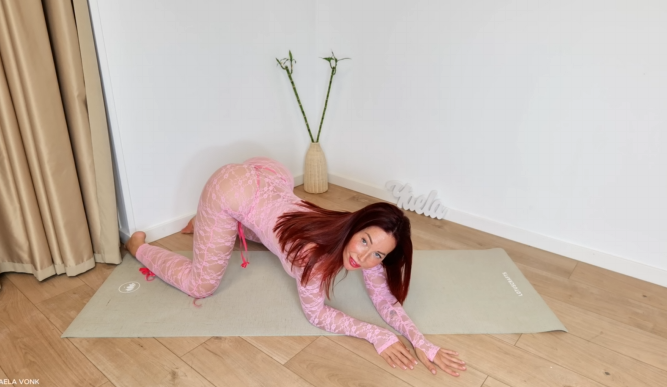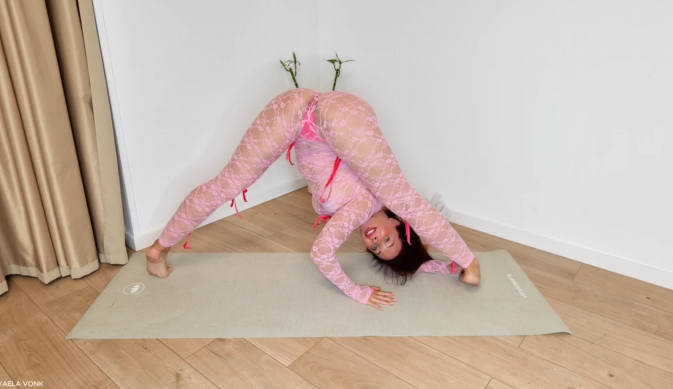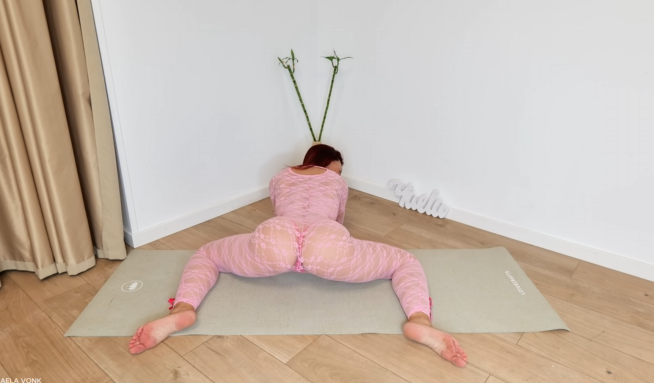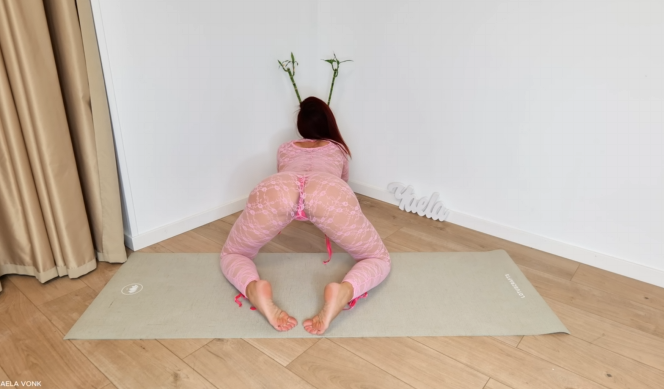
When it comes to fitness and overall well-being, stretching is often underrated. Many people rush through a quick toe touch before a workout, but science shows that proper stretching techniques can significantly impact flexibility, mobility, and even mental health. Curious to see if these benefits were real, I decided to try scientifically proven stretching techniques for two weeks. The results? Eye-opening!
Why Stretching Matters
Before diving into the techniques, let’s understand the science. Stretching improves muscle elasticity, increases joint range of motion, and enhances blood circulation. According to research published in the Journal of Strength and Conditioning Research, regular stretching can reduce the risk of injuries and improve athletic performance. Additionally, it can decrease muscle stiffness and alleviate stress by activating the parasympathetic nervous system.
I was intrigued. Like most people, I usually skipped stretching or did a few random moves after exercising. So, I committed to a structured routine backed by research.
The Techniques I Chose
After reviewing studies and expert advice, I narrowed my experiment to three main scientifically supported methods:
- Static Stretching – Holding a position for 15–60 seconds to elongate muscles. Best after workouts or during cool-down.
- Dynamic Stretching – Controlled leg and arm swings that take you gently to your limits of motion. Ideal for warm-ups.
- Proprioceptive Neuromuscular Facilitation (PNF) – An advanced technique involving stretching and contracting the muscle for greater flexibility gains.

My Daily Stretching Plan
I set aside 20 minutes per day, alternating between warm-up and cool-down routines:
- Morning (Dynamic) – 10 minutes to wake up the body.
- Evening (Static + PNF) – 10 minutes before bed to relax muscles.
Here’s the breakdown:
- Hamstring Stretch (Static) – Sit on the floor, extend one leg, and reach for your toes. Hold for 30 seconds per side.
- Hip Flexor Stretch (Static) – Lunge position, push hips forward slightly, hold for 30 seconds.
- Cat-Cow (Dynamic) – On all fours, alternate arching and rounding your back for 10 reps.
- Arm Circles (Dynamic) – 20 forward and 20 backward circles.
- PNF Hamstring Stretch – With a partner or resistance band, push against resistance for 6 seconds, then relax and stretch deeper for 30 seconds.
Week One: Adjusting to the Routine
At first, it felt strange to dedicate 20 minutes purely to stretching. The dynamic movements in the morning gave me an energy boost, which was a pleasant surprise. Instead of feeling groggy, I felt limber and awake.
The static stretches at night were relaxing—almost meditative. PNF stretching was challenging but effective. After each session, I noticed a deep release in my hamstrings and hips.
By Day 4, I realized my body was less stiff in the morning. My posture improved slightly; sitting at my desk for long hours didn’t feel as uncomfortable.

Week Two: The Real Benefits Kick In
By the second week, my range of motion had noticeably improved. When I reached for my toes, my fingers touched the floor without strain—something I hadn’t been able to do in years!
The most surprising benefit was reduced lower back tension. According to research from the American College of Sports Medicine, tight hamstrings and hip flexors often contribute to lower back pain. Stretching these areas daily seemed to alleviate the discomfort I used to feel after long workdays.
Additionally, my sleep quality improved. The calming effect of static stretching before bed helped me wind down. There’s scientific backing for this too—stretching activates relaxation pathways in the nervous system.
The Science Behind My Results
Why did these techniques work so well?
- Dynamic stretching increases muscle temperature and improves nerve signaling, which enhances performance.
- Static stretching promotes muscle lengthening and increases blood flow post-exercise, aiding recovery.
- PNF stretching uses a neurological trick: contracting and relaxing the muscle to allow a deeper stretch. Studies suggest PNF can improve flexibility more than static stretching alone.
These benefits aren’t just anecdotal; they’re supported by multiple peer-reviewed studies.

Key Lessons I Learned
- Consistency is everything. Stretching once a week won’t cut it. Daily practice, even 10–15 minutes, makes a difference.
- Timing matters. Dynamic for warm-up, static for cool-down. Doing static stretches before a workout can reduce power output, so it’s better after exercise or before bed.
- Listen to your body. Stretching should never be painful. A gentle pull is enough—pushing too far can cause injury.
- PNF is powerful but advanced. It’s best done with guidance or a partner to avoid overstretching.
Would I Recommend It?
Absolutely. Stretching isn’t just for athletes or yogis—it’s essential for anyone who wants better mobility, reduced muscle stiffness, and improved overall well-being. If you’re sedentary or spend hours at a desk, these techniques can be life-changing.
Start small: 5–10 minutes a day, focusing on your tightest muscles. Over time, add PNF for deeper flexibility work. Pair it with proper hydration, movement, and posture habits for maximum results.
Final Thoughts
Trying scientifically proven stretching techniques transformed how I view fitness. It’s not just about strength or cardio—flexibility and mobility are crucial pillars of health. Two weeks of consistent practice made me feel lighter, more relaxed, and more energized.
If you’ve been neglecting stretching, consider this your sign to start. Your body—and mind—will thank you.


